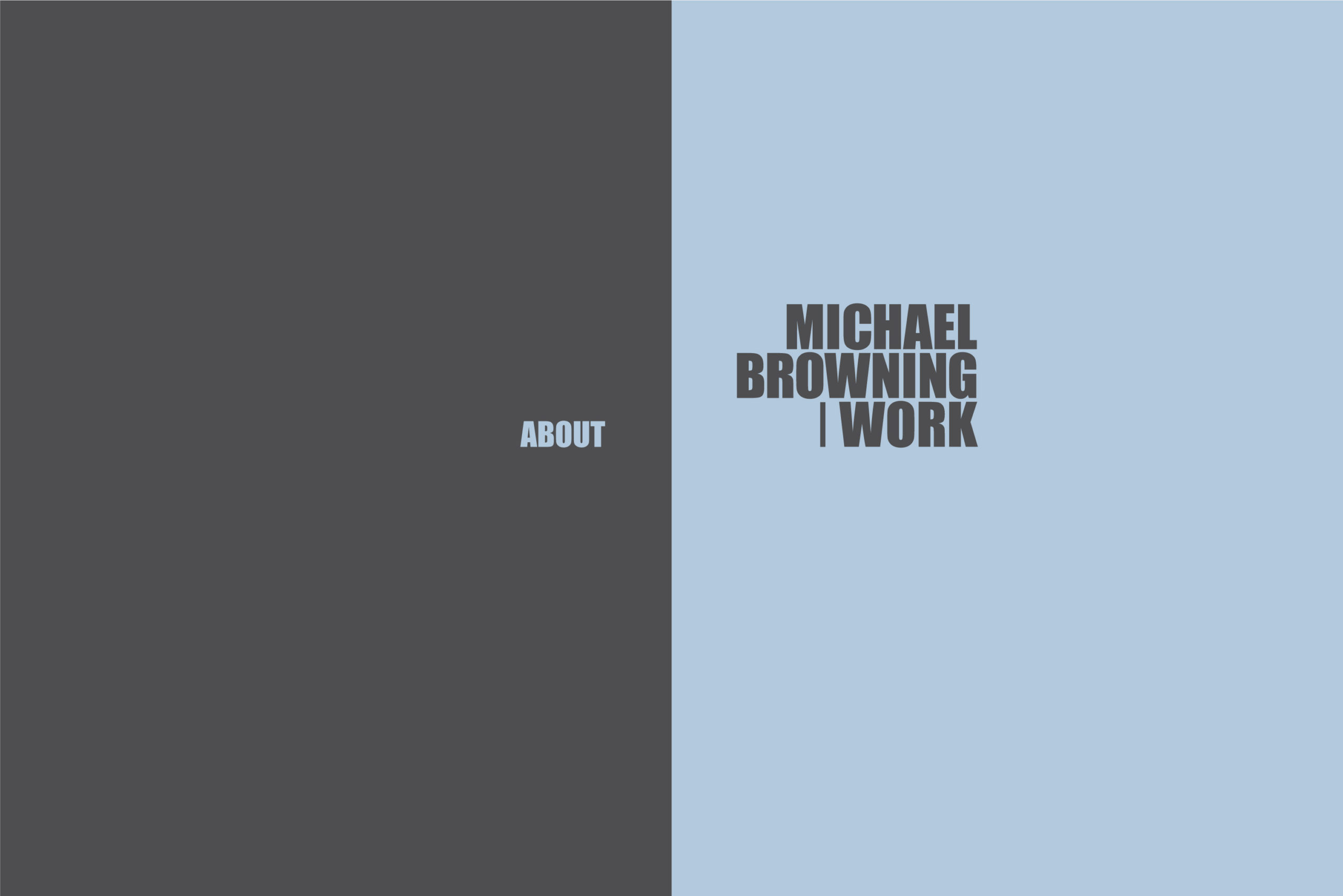
A Thesis (referenced as a “Dissertation” by the committee on hand) and 20 Years Experience Summarized in Three Short Paragraphs . . . and a Process for Success
1 • It should be considered that the cognitive aspects of an environment’s legibility will be reflected in the design of any support information and graphics. A true wayfinding analysis might involve all aspects of a given environment from the standpoint of user interaction and experience. The overall design of the given area, the location and orientation of an information desk, the location of elevators and the distinction of pathways are all considerations that affect how users interact with, and within, an environment.
(Example: An expansive donor program at a children’s hospital is realized in the form of a moving butterfly garden—becoming the most significant landmark throughout an entire medical facility)

2 •• Wayfinding, as a design discipline, was established in recognition of the dictum that, to resolve significant design problems within a built environment, a designer needs to understand the thought process of the end user—one cannot responsibly address the needs of a user group without understanding the problem solving processes through which that user group will define their experience in any environment.
(Example: An extensive set of tenant criteria is the driving force behind the realization of a beautiful town center that is easily navigated and experienced as a community environment)

3 ••• Significant research has been conducted that reinforces this philosophy and much of it can be directly applied in the planning of wayfinding design and environmental graphic information systems. The effectiveness of route versus spatial orientation strategies, the use of color, the need for consistent and functional nomenclature, the effectiveness of symbols, versus text descriptions, versus photographs, etc., are all planning and design considerations that stem from an understanding of how users might hope to experience an environment without feelings of frustration and disorientation.
(Example: An extensive set of analytical documents and recommendations prepared and presented to a committee of designers for consideration and implementation throughout a large medical facility)

PROBLEM SOLVING PROCESS
1. Information Gathering
2. ANALYSIS
3. ANALYTICAL CONCLUSIONS
4. SCHEMATIC SOLUTIONS
5. SOLUTIONS DEVELOPMENT
6. DOCUMENTATION OF SOLUTIONS
7. CONTRACT ADMINISTRATION
8. SOLUTIONS REVIEW / PUNCH
The particular product recommended to the client will vary based upon needs determination. Although some projects are more suited to programming and design implementation, others are more suited to an in-depth analysis and Master Plan approach—to be implemented site-wide or in stages. While the process and product may differ, the general problem solving process is outlined above. (Example: Partial preliminary RIAS study for the Architect of the U.S. Capitol)



